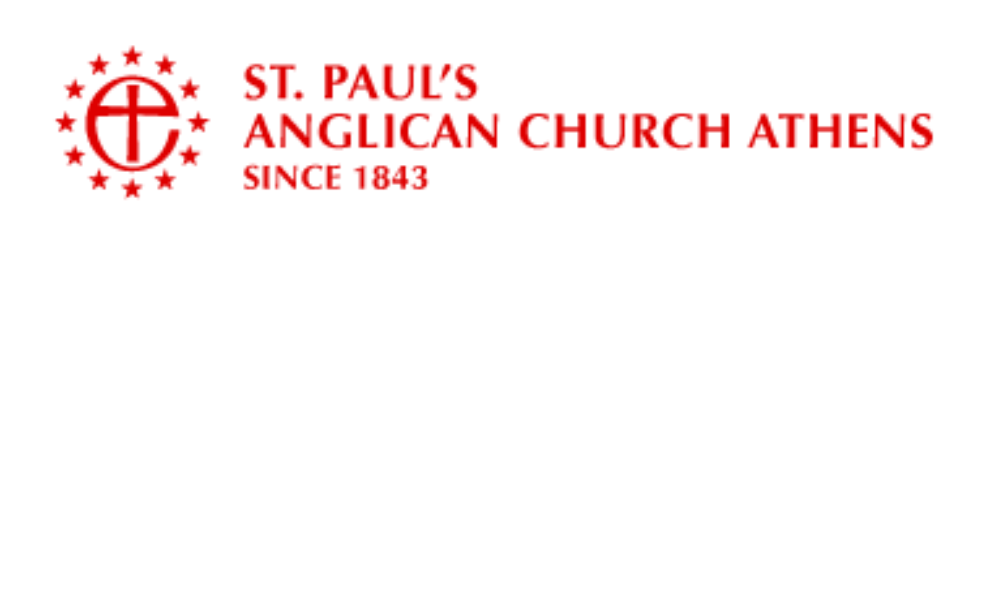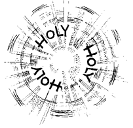Minutes for the 379th Parish Council Meeting held on 29th May 2022
The first Council meeting following the 2022 Annual Meeting took place at the Swedish Centre in Plaka on 28th May. The following matters were discussed and decisions taken:
Appointments: Jean Mertzanakis, Nelly Paraskevopoulou and Lynn Stavrou would continue to serve as Hon. Secretary, Hon. Treasurer and Safeguarding Officer for the year 2022-2023.
Covid: Mask-wearing in church would cease to be obligatory from June 1st and Churchwarden Trevor was thanked for overseeing maintenance of Covid restrictions at St. Paul’s. Online Zoom services had been well-ttended.
Communion: Following a communication from Bishop Robert, Council agreed that the Common Cup be reintroduced on Sunday 3rd July, along with the option of personal intinction.
Finances: The income deficit for the first quarter was over 10,000 Euros but requests for church hire for concerts (a major source of income) had started to come in. In the 2nd quarter our 7,000 Euros contribution to the Diocesan Common Fund was due but it should be borne in mind that chaplaincies could apply to this fund for help if necessary, as St. Paul’s had done recently. Full payment of a big electricity bill had been made and we would be paying no stipend from 1st August. Treasurer Nelly was thanked for the work she did on a daily basis and Verger Virginia Stevens for dealing with inconvenience and mess caused by the installation of new electricity meters that had involved digging up paving at the entrance to the church.





